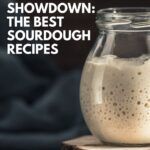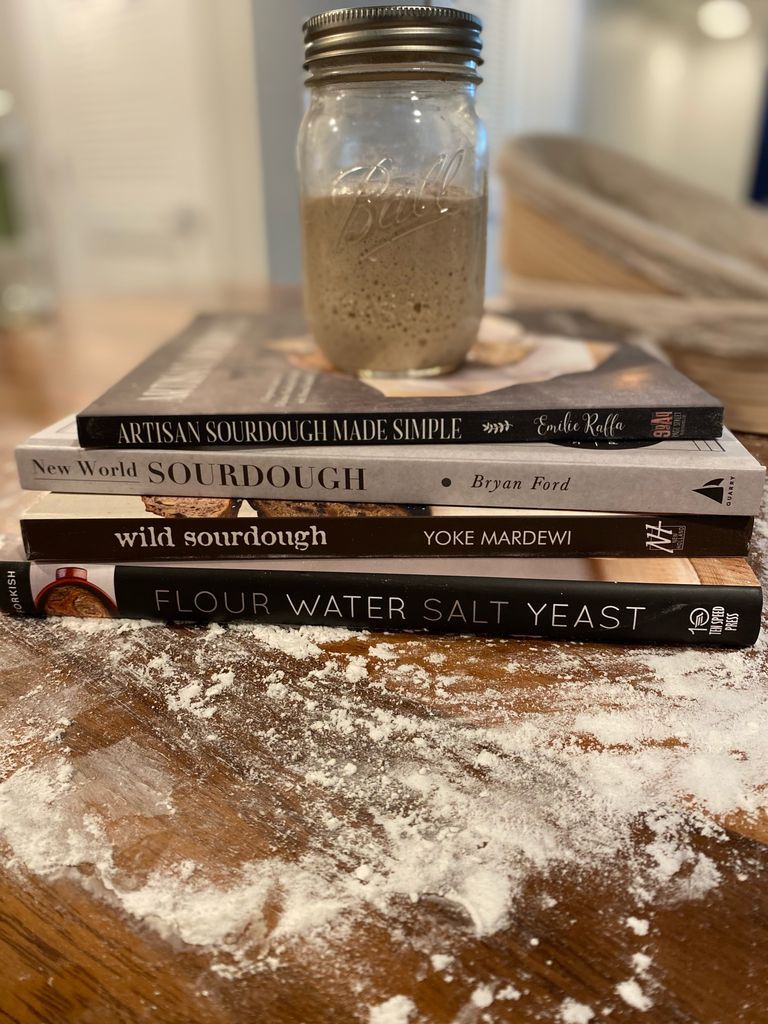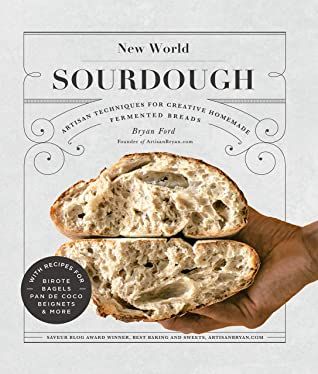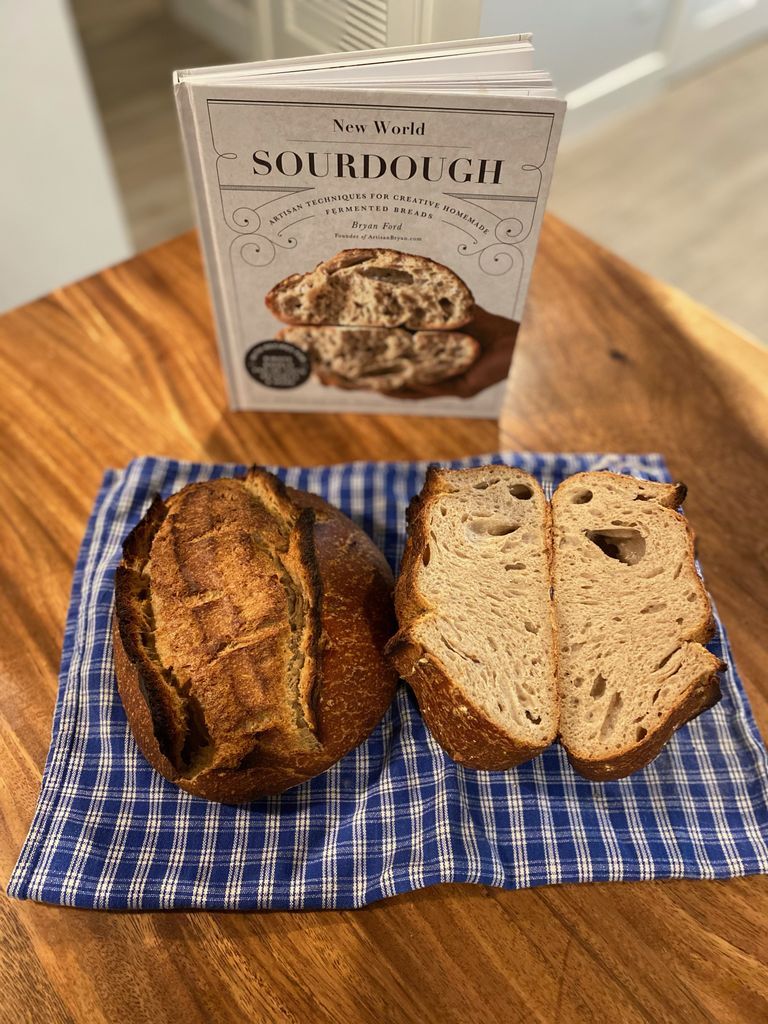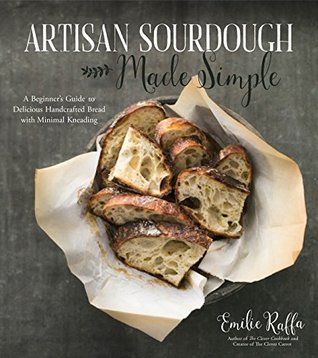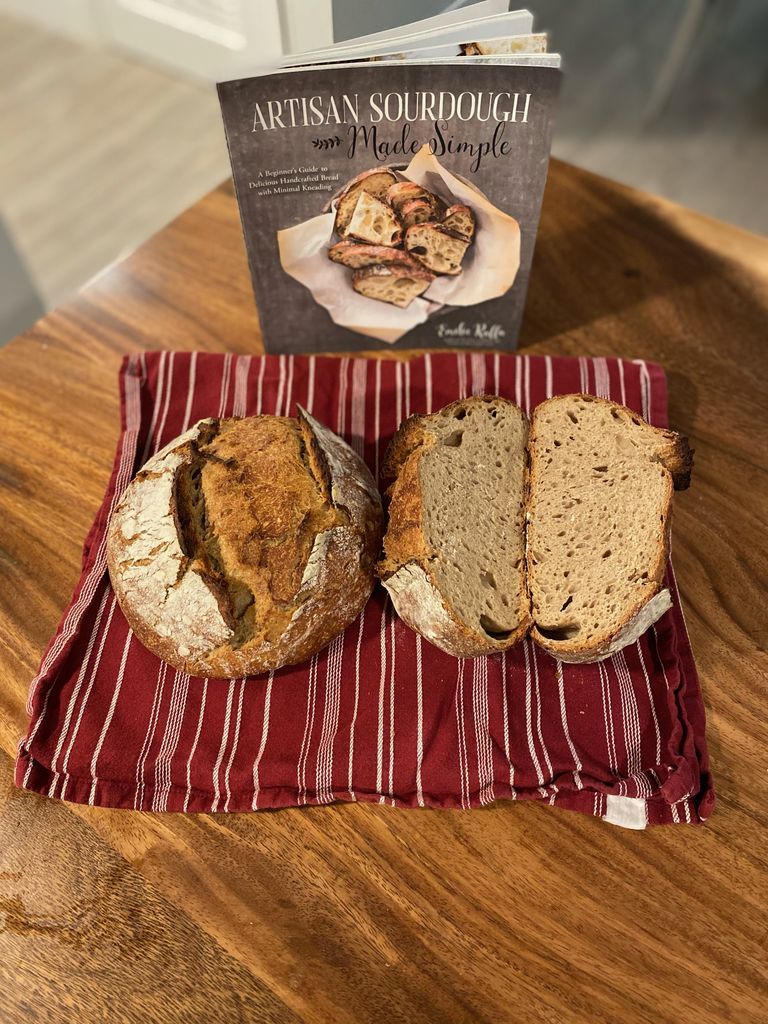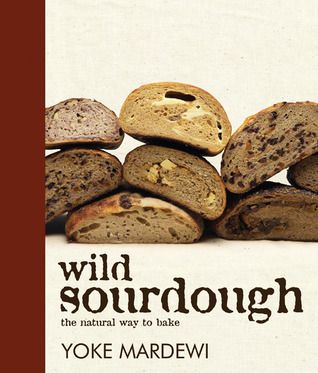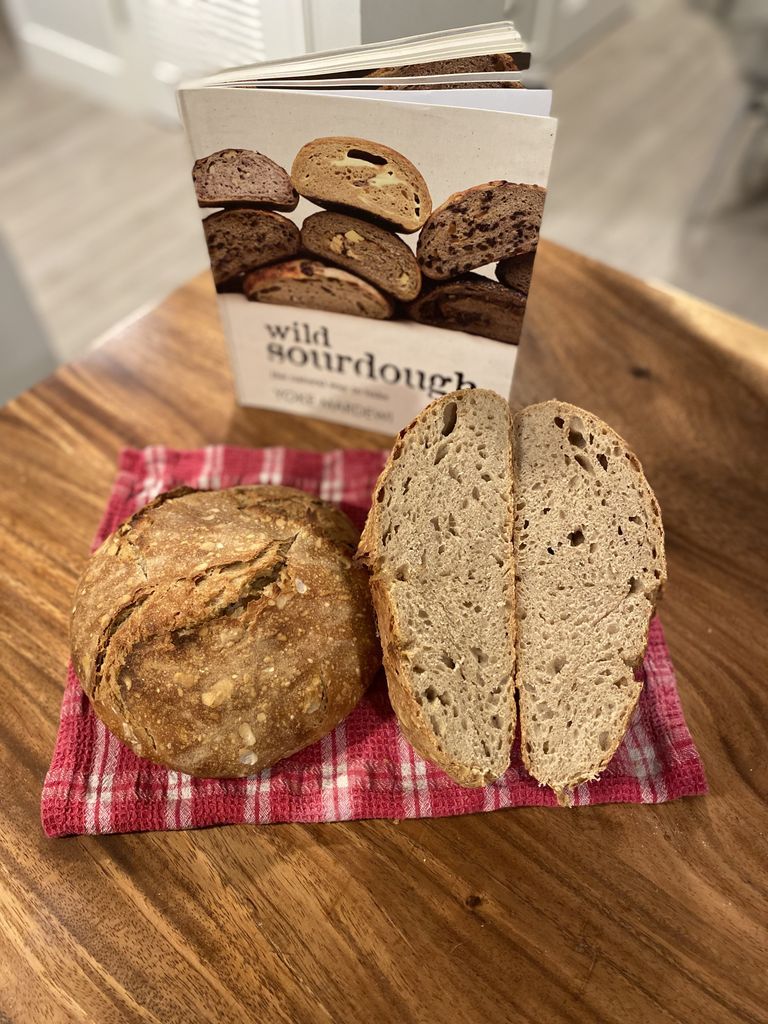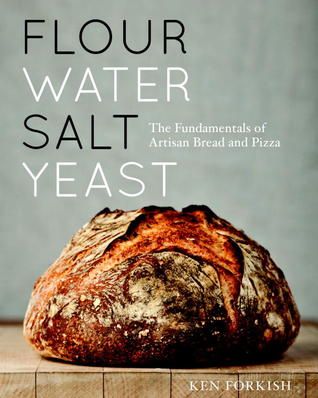“Sourdough” was one of the biggest buzzwords of early COVID-19 quarantine, up there with anxiety-relieving distractions like puzzles, virtual happy hours, and Tiger King. As a home baker with a lot of stress and nowhere to go, I quickly jumped onboard last March, creating my own starter from scratch and diving into the world of naturally yeasted breads. I watched countless YouTube videos, perused old cookbooks, and googled things like “why does my sourdough starter smell like beer” for months as I tried to master the ancient art. And while I still wouldn’t call myself a master of sourdough, I can make a pretty tasty loaf. I had no idea what I was getting myself into that day when I first mixed together my starter. Making sourdough veers decidedly closer to “sciencey stuff” than I realized. Attempting to grow your skills requires knowledge of things like lactobacilli, pH balances, and Louis Pasteur’s germ theory. The different (and often conflicting) theories, methods, and troubleshooting tips are certainly enough to make any amateur baker’s head spin. But at the same time, there’s something mystical about sourdough, something that makes me feel connected to human history and the natural yeast, seemingly with a mind of its own. If you’ve ever read Robin Sloane’s fantastical novel Sourdough, perhaps you feel the same. Sourdough dates back further than our earliest recorded history; we didn’t start using today’s ubiquitous baker’s yeast for breads until about 150 years ago. Michael Gaenzle explores the history of sourdough in Encyclopedia of Food Microbiology: “One of the oldest sourdough breads dates from 3700 BCE and was excavated in Switzerland, but the origin of sourdough fermentation likely relates to the origin of agriculture in the Fertile Crescent several thousand years earlier.” When digging my hands into the sticky, fragrant dough, it’s easy to feel like I’m activating some kind of ancient magic. And when you get into theories of how microbiomes in the stomach affect everything from our digestive health and immune system to our cognitive function and behavior, the yeast that makes our bread sounds a lot more powerful. As my experience and knowledge of sourdough grew, I decided it was the perfect time to test out some of the most popular recipes and methods from recent cookbooks. Most cookbooks focused on the art of sourdough start with general techniques and a basic sourdough recipe, and then go into variations on the classic loaf and other recipes you can make with your starter. I chose four popular sourdough cookbooks and tested their basic sourdough recipe, using my own starter and tools on hand. For each, I’ve given a little description of the cookbook overall, along with ratings of the appearance, texture, and flavor of the classic loaves and difficulty level of the recipe.
Ingredients & Tools Used
In testing these sourdough recipes, I used the same ingredients and special tools I typically use while making sourdough for consistency. I don’t have a proving box, so I used my closed oven with the light on to create a warm, dry atmosphere when called for in the recipes. Here’s what else I used:
Janie’s Mill all-purpose and artisan bread flour (I started ordering flour from Janie’s Mill because of a shortage in my area last spring. Now I can’t quit it and I’ve used over 100 pounds of Janie’s Mill flour in the past year!) King Arthur whole wheat flour DOYOLLA banneton proofing baskets Kookyn bread scoring lame Pampered Chef Rockcrok dutch oven
The Results
Appearance: 4/5. Ford likes his sourdough baked a little darker than I prefer, and this didn’t get quite the oven spring I would hope, but otherwise looks nice.Texture: 4/5. Some large holes, moist but not gummy, slightly dense.Flavor: 5/5. Good mix of all-purpose, bread, and whole wheat flours. Made for a great sandwich!Difficulty: 3/5. This didn’t require as much active time as some recipes, but his “squeezing” method of mixing and the loaf shaping technique were a little tricky.Overall: 4/5. Much of this recipe was quite different from my preferred methods, but I was happy with the final product. Appearance: 4/5. Nice oven spring, and the added flour before baking gives it a nice rustic look. The ear (the flap created by scoring) got a little burned from the long baking time, but still a lovely loaf.Texture: 3/5. This was definitely denser than I like, although it wasn’t too gummy. Easy to slice and holds together well for a sandwich.Flavor: 4/5. Tasted very nice (and the smell in the oven was A+).Difficulty: 2/5. Let’s be real. All sourdough is challenging, but this recipe was great for beginners. It avoids specialty tools and even lays out a timeline for baking!Overall: 3/5. This is a great recipe for beginners, but is a little too simple to turn out an excellent loaf of sourdough. (She does have an advanced recipe I will try next!) Appearance: 1/5. This is one flat loaf. I think this came from several problems: resting on the countertop instead of in a proving basket, not scoring the top of the loaf, and the overall lack of shaping technique.Texture: 5/5. As much as I hate the look of this bread, it was delightfully soft, with a thin, crispy crust. I think the water bath made a big difference.Flavor: 4/5. Tasted (and smelled) great, but not enough salt.Difficulty: 4/5. While the recipe isn’t that difficult, the lack of explanation and images makes it challenging to follow.Overall: 3/5. I was frustrated with the lack of detail in the recipe, but this turned out to be a very light, tasty bread. Appearance: 2/5. Forkish bakes the loaf seam-side up and doesn’t score, allowing the bread to naturally crack at the seams. This loaf rose pretty nicely, but I think a proper score would have made all the difference. It also doesn’t have the bubbly surface I expect on sourdough.Texture: 4/5. Nice, light interior, but the outside is SO crispy that it turns to crumbs the minute I slice it.Flavor: 5/5. Thanks to a very long bulk rise, this bread has a wonderfully complex, sweet flavor.Difficulty: 5/5. Not only does Forkish ask you to read about 100 pages of technique and history before trying a recipe, it’s also a very moist dough, making it sticky to work with. Overall: 4/5. Besides the appearance, this is a fantastic loaf. I found it well worth the difficulty of making it.
Final Thoughts
The hardest part of this experiment was putting aside all of the lessons I’ve learned on my own sourdough journey. I tried to leave everything I knew out of it, instead doing only as the cookbook instructed. While I’ll probably keep fine-tuning my own recipe instead of jumping ship to one of these books, I learned a lot from this process. If you’re starting your own sourdough journey, I highly recommend starting with YouTube videos. You can learn a lot from still images in cookbooks, but so much of understanding sourdough comes from the way the dough moves and feels. There’s a lot of crossover in the information provided in these four cookbooks, but it’s surprising how differently each baker instructs you to make bread. My biggest takeaway from this project is that one book is never enough. (But didn’t I already know that? My TBR certainly does.)
Final Rankings
Best Overall: New World Sourdough by Bryan FordBest for Beginners: Artisan Sourdough Made Simple by Emilie RaffaBest for Advanced Bakers: Wild Sourdough by Yoke MardewiBest for Science Lovers: Flour Water Salt Yeast by Ken Forkish
